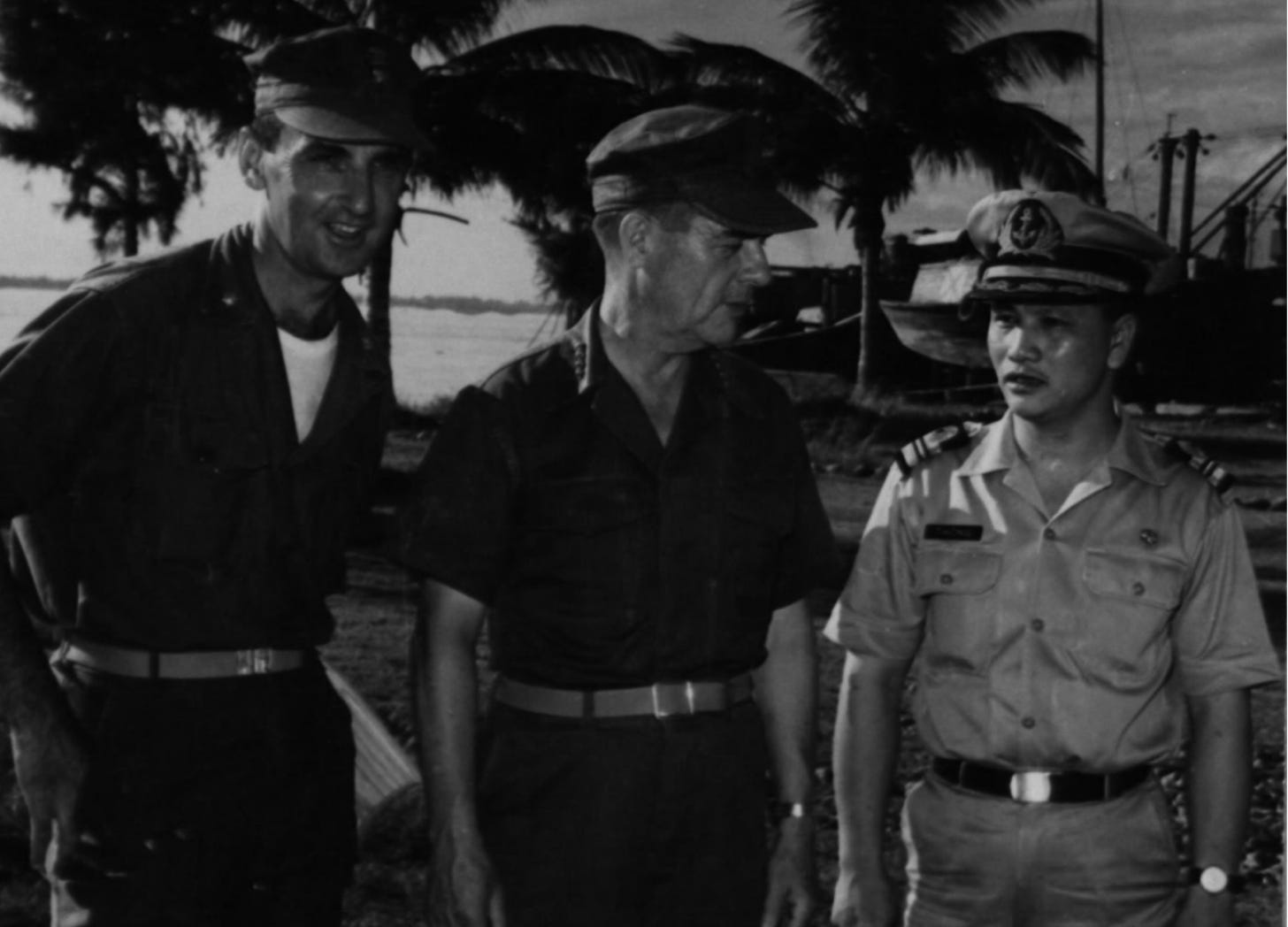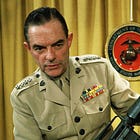Funeral Details (Part III)
The historical solution to a decision-forcing case
This post, the last in a three-part a decision-forcing case, describes the “actions and orders” taken by the protagonist of the problem. Thus, before reading this article, you will want to read the first two posts in this series, which describe the conundrum faced by Wallace M. Greene as a result of the events of 1 August 1966.
During the first three days that followed the mass shooting on the campus of the University of Texas at Austin, no one asked the Marine Corps to provide either uniformed pallbearers or a firing party at the funeral of Charles Whitman. Thus, as General Greene had other pressing matters to attend to, not the least of which was an upcoming visit to the Republic of Vietnam, he declined to decide what he would do if such a request would be made. Instead, he continued to solicit the advice of senior officers serving at Headquarters, US Marine Corps, in the Navy Annex to the Pentagon in Arlington, Virginia.
On 4 August 1966, the senior public affairs officer of the Marine Corps circulated a memorandum among members of General Greene’s staff on the subject of participation by uniformed Marines in the funeral of Charles Whitman, which had been scheduled for the following day, 5 August 1966, at a private cemetery in West Palm Beach, Florida.
“While participation in honors should not be sought,” he wrote, “neither should it be avoided solely because of the commission of the acts which resulted in his [i.e. Whitman’s] death. I believe that we ought to treat WHITMAN in precisely the same manner as any other Marine who has served his country sufficiently well to receive an honorable discharge.”
On 5 August 1966, some four hundred people attended a funeral mass for Charles Whitman and his mother, whom Whitman had stabbed to death prior to the start of his shooting spree. An American flag, which had been provided by the Veteran’s Administration, covered Whitman’s coffin.
Following the mass, the remains of both Whitman and his mother were buried in the family plot in West Palm Beach. All of the pallbearers wore civilian clothes. There was no firing party.
Source: Memorandum from Chief of Staff to Director of Personnel, 2 August 1966 US National Archives and Record Service (Record Group 127, Records of Headquarters, USMC, Correspondence 1966, Box 41)
To Share, Support, or Subscribe:






